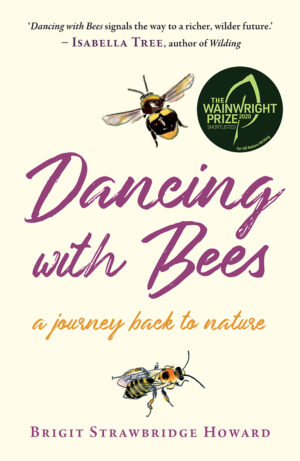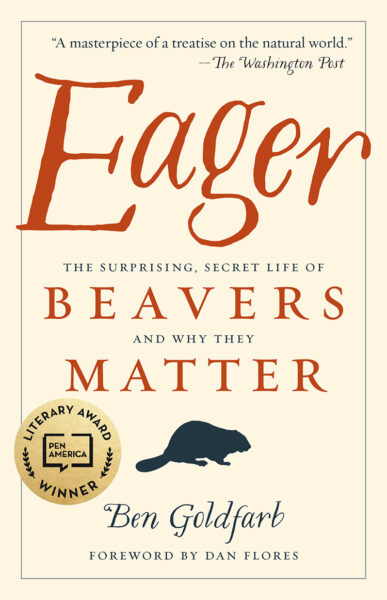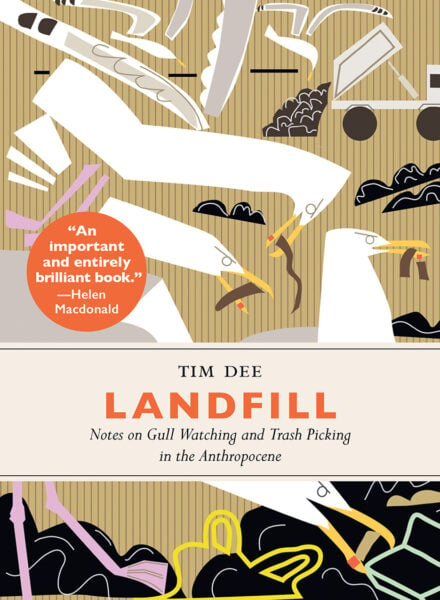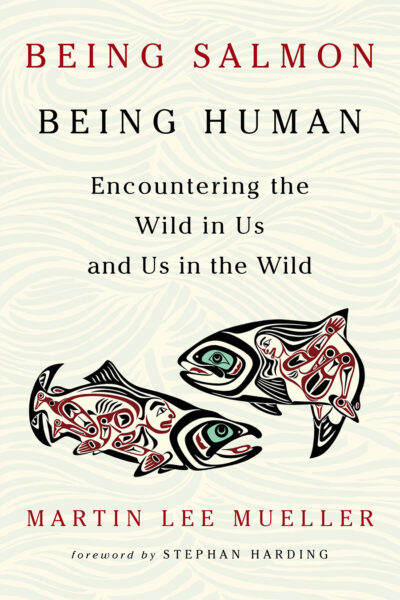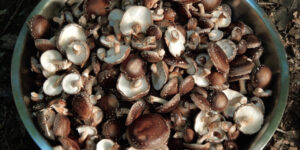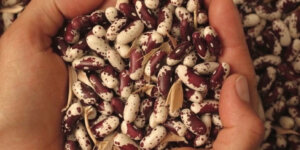Speaking for the Bees
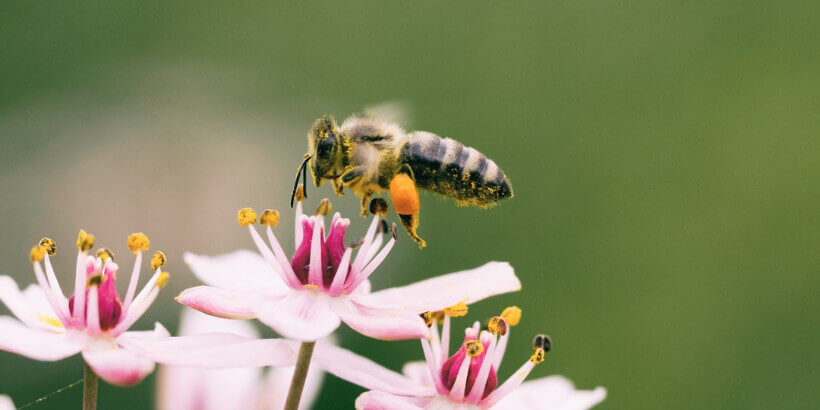
“Having a relationship with the rest of nature is knowing that we can, if we wish, rekindle our lost connections, because somewhere deep inside us all, there lives a little spark of ‘wild’ just waiting to be ignited.” —Brigit Strawbridge Howard
Our planet is home to at least 20,000 species of bees—a statistic most of us would be content to take note of briefly before carrying on with our lives. Not Brigit Strawbridge Howard. Her sudden realization of the teeming diversity a just a few steps out her backdoor stopped her in her tracks. She has since become an avid observer of our most prevalent pollinators and a passionate architect of their habitat. Amateur naturalist turned native wild insect champion, Howard truly speaks for the bees, as is evident in this excerpt from her book, Dancing with Bees from the Winter 2019 Seasonal Journal.
The following is an excerpt from Dancing with Bees by Brigit Strawbridge Howard. It has been adapted for the web.
Bees. Where to begin? For the past decade or so, they have filled me with ever-increasing wonder and delight, as I have immersed myself in watching, listening, and tuning in to them, alongside all the other wild and wonderful creatures and plants I have come across in my travels.
Given the enormity of our reliance upon bees as pollinators of our crops, it beggars belief that most of us know so little about them. Mention the word “bee” to most people, and images of hives, beekeepers, and honey are the most likely things that will spring to mind. However, if you were to give the same people a sheet of paper and a box of colored pencils, and ask them to draw you a bee, most would draw something shaped a little like a rugby ball with striped yellow, white, and black bands, to which they might attach a head, six legs, two antennae, and a pair or two of wings – something that looks, essentially, like a bumblebee rather than a honeybee.
But in actual fact, Planet Earth is home to at least 20,000 different species of bee. 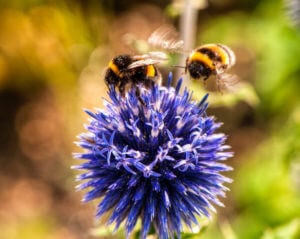
This is quite a staggering figure, one which surprises most people when they first hear it (it certainly surprised me), especially if they have previously only been aware of the existence of honeybees and bumblebees. Even more surprising is the fact that of all these different species, only 9 are honeybees and around 250 are bumblebees. There are also around 500 so-called stingless bees. The rest are ‘solitary’ bees, and it is amongst these species that I have found many new friends…
Most of us are aware that bees are important pollinators, but far from being in awe of the fact that something so tiny is capable of achieving something so extraordinary as pollination, we tend instead to take this gift—or “service”, as it is so sadly referred to these days by economists – very much for granted. I use the word “gift” with consideration and awareness of the fact that a gift is usually something that has been given with intent to a recipient.
As bees and other pollinators go about their daily business of foraging for pollen and nectar, their aim is of course to collect as much as possible to take back to their nest to feed, or provide for, the next generation of their species. Bees are no more setting out to “gift” us than they are setting out to pollinate the plants they visit, but the result, in my eyes, is one of the most wonderful gifts that nature bestows upon the human race, and one without which we simply would not survive.
Recommended Reads
Recent Articles
Garlic mustard: while known as “invasive,” this plant can be consumed in its entirety and has great nutritional value. Plus, the garlic-flavor is a perfect addition to any recipe that calls for mustard! The following are excerpts from Beyond the War on Invasive Species by Tao Orion and The Wild Wisdom of Weeds by Katrina…
Read MorePeregrine falcons, while known as predators, are essential to our environment. These stunning birds have a rich history, an interesting present, and an uncertain future. The following is an excerpt from Feather Trails by Sophie A. H. Osborn. It has been adapted for the web. Who Are Peregrine Falcons? Though relatively uncommon wherever it occurs,…
Read MoreWondering where to forage for greens this spring? Look no further than hedges, which serve as natural havens for wild greens and herbs! The following is an excerpt from Hedgelands by Christopher Hart. It has been adapted for the web. Food from Hedges: Salads and Greens Let’s start by looking at all the wild foods…
Read MoreInterested in becoming a mushroom farmer? Shiitake mushrooms are one of the easiest and most profitable places to start. The following is an excerpt from Farming the Woods by Steve Gabriel and Ken Mudge. It has been adapted for the web. (Photographs courtesy of Steve Gabriel and Ken Mudge unless otherwise noted.) The Stunning Shiitake…
Read MoreHow do you know if you’re picking the right seeds? Here are some easy tips on choosing the best seed crop for your environment. The following is an excerpt from The Organic Seed Grower by John Navazio. It has been adapted for the web. Seed Crop Characteristics There are a number of prominent characteristics of…
Read More

